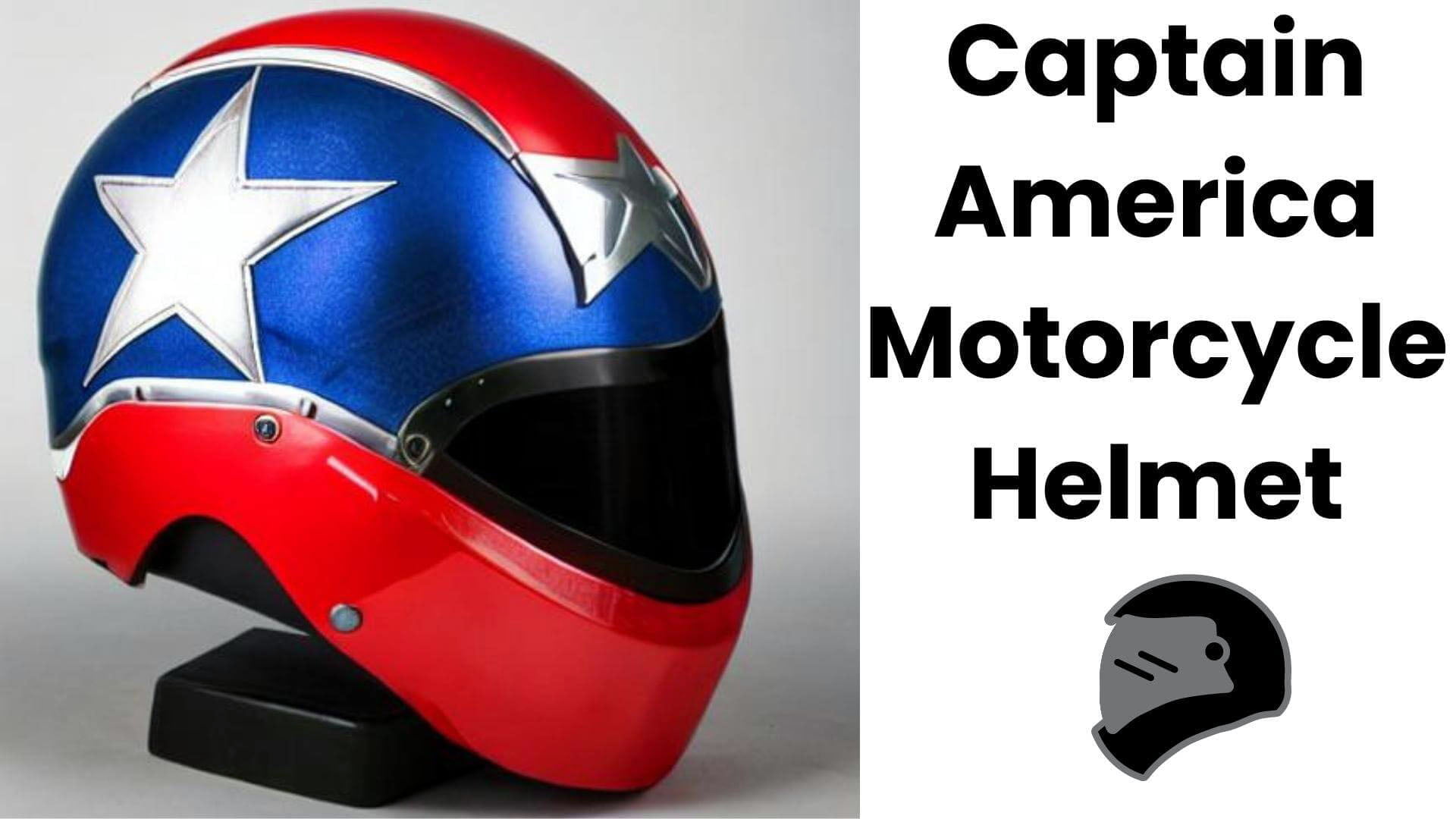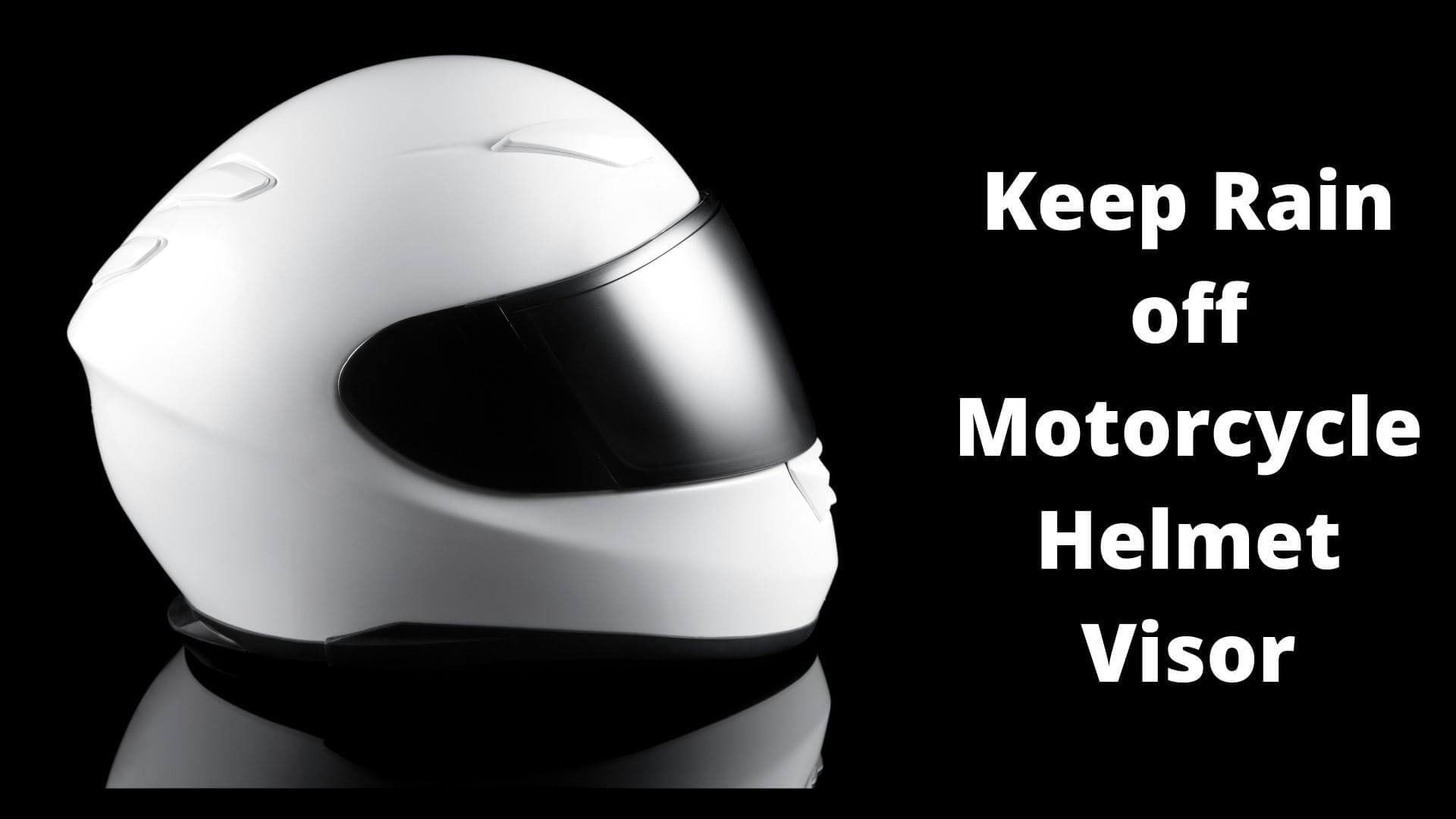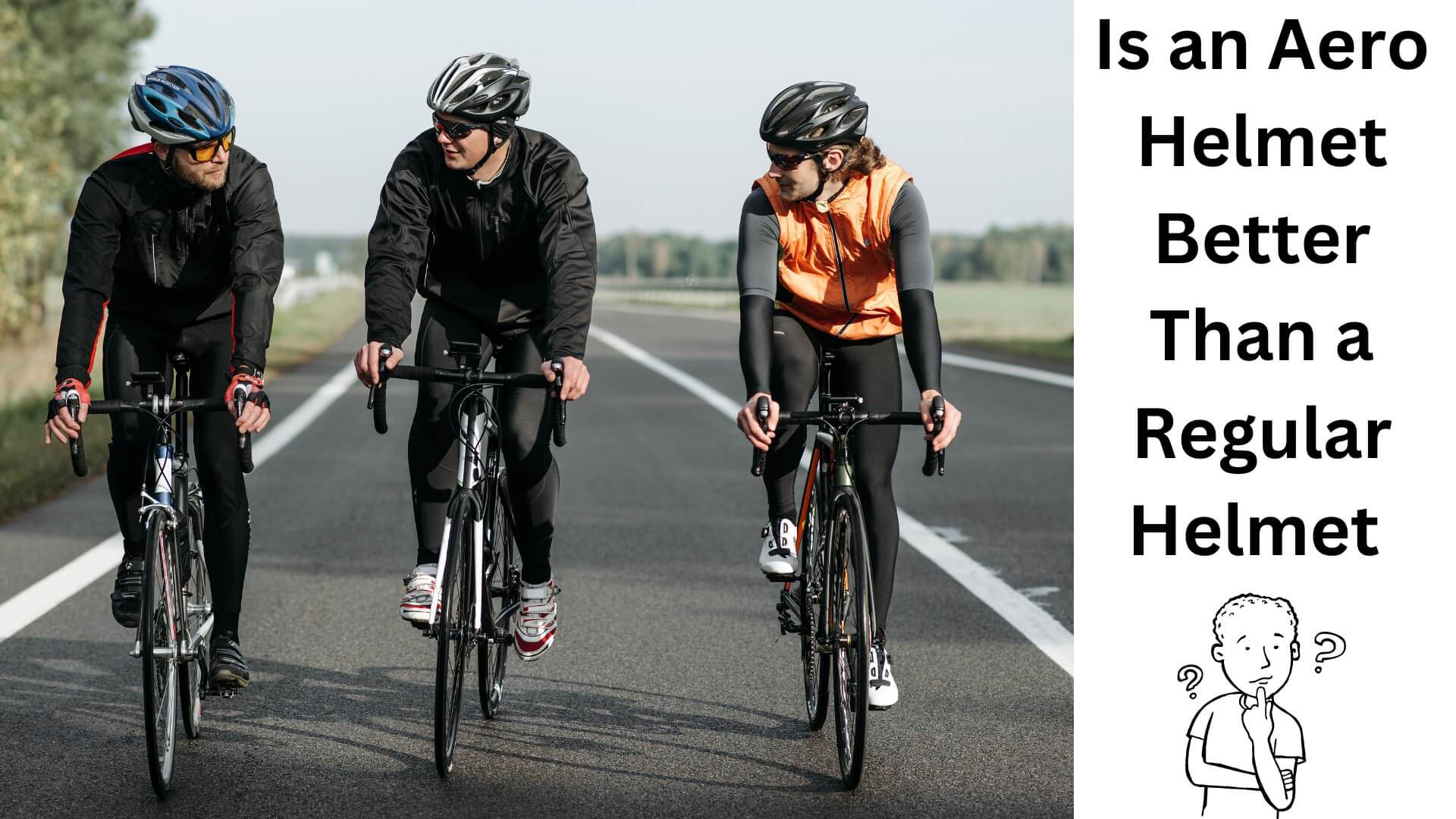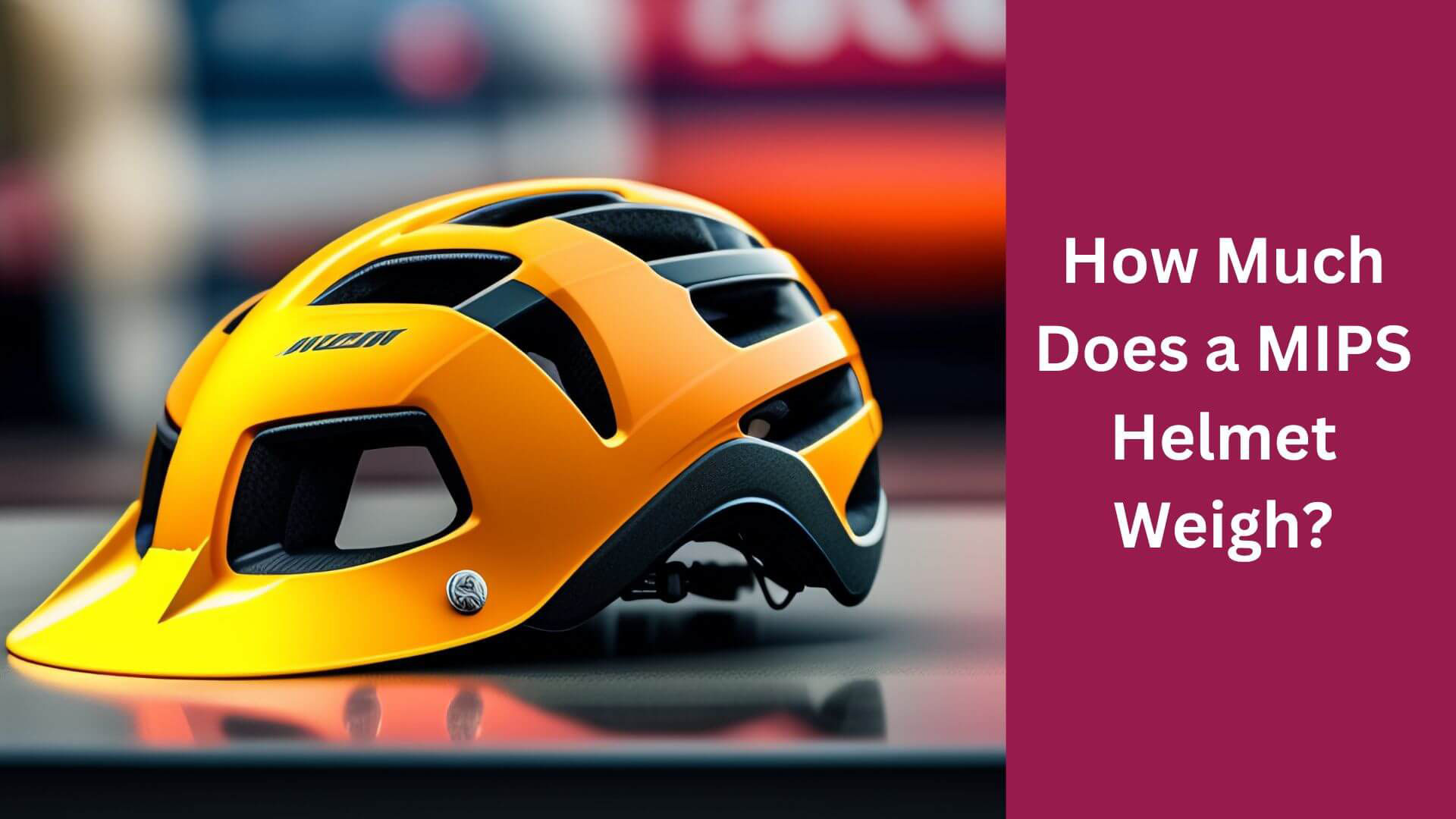When Were Bike Helmets Invented?

Bike helmets are one of the essential gears for any cyclist. Bike helmets have come a long way since their invention.
Today, they are an essential piece of gear for any cyclist, offering critical protection in the event of an accident. But when we’re bike helmets first invented, and how have they evolved?
In this blog post, we’ll look at the history of bike helmets, the importance of wearing one, and how to choose the right one for you.
When Were Bike Helmets Invented & its History?
Bike helmets were first invented in the late 1970s after growing concern about head injuries and fatalities among cyclists.
The invention of the first bike helmet
The first bike helmet was lightweight foam and was designed to absorb a fall’s impact. Over time, the design of the bike helmet evolved to include additional safety features, such as adjustable straps and a more rigid exterior shell.
Evolution of the first bike helmet design
As the popularity of cycling grew, so did the demand for better, safer bike helmets. Over time, the design of bike helmets has evolved to include additional safety features, such as adjustable straps, a more rigid exterior shell, and ventilation systems.
In recent years, technological advancements have created even more advanced bike helmets, with features such as moisture-wicking padding and reflective materials for increased visibility. The continuous evolution of bike helmet design is a testament to the importance of always striving to make cycling safer and more accessible for everyone.
What is the Importance of Bike Helmets?

● Reduction in head injuries and fatalities
Wearing a bike helmet is essential for any cyclist, as it reduces the risk of head injuries and fatalities in the event of an accident. By providing critical protection for the head, bike helmets help prevent severe injuries and deaths resulting from a fall or collision while cycling.
● Advancements in helmet technology
In recent years, advancements in helmet technology have made bike helmets even more effective. Features such as ventilation systems, moisture-wicking padding, and reflective materials for increased visibility have improved bike helmets’ overall safety and comfort. These technological advancements continue to make cycling safer for people of all ages and abilities.
● Standards for bike helmets
To ensure that bike helmets meet specific safety standards, organizations such as the Consumer Product Safety Commission (CPSC) certify helmets based on their ability to protect the wearer in the event of an accident. When choosing a bike helmet, it is vital to ensure it meets these safety standards and is certified by a reputable organization. By doing so, you can have confidence in the protection your helmet provides while cycling.
Read More: How to Wear a Bike Helmet? Safely and Properly
Types of Bike Helmets
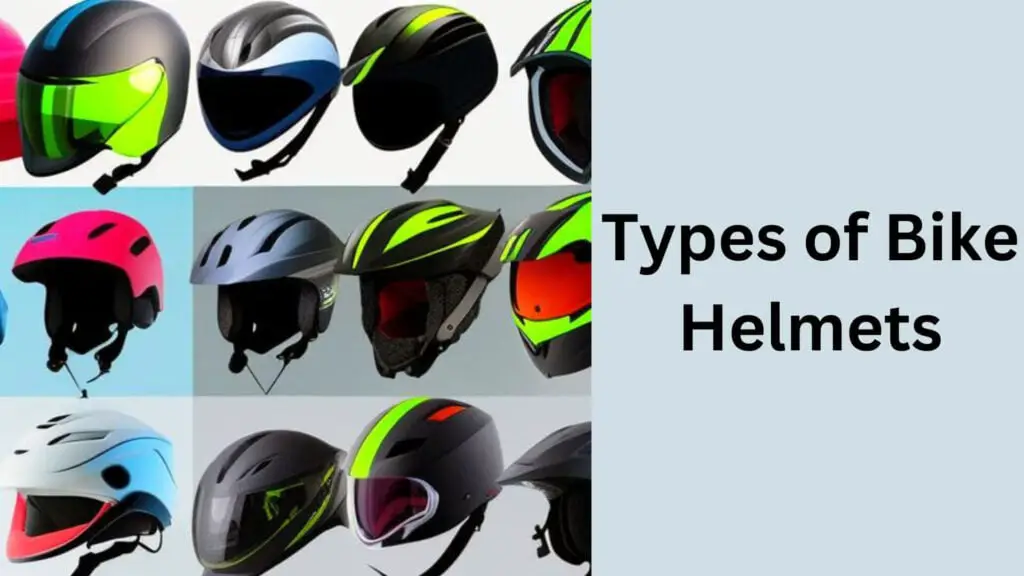
- Road bike helmets
- Mountain bike helmets
- Urban/Commuter helmets
- Full-Face Helmets
- Kids’ Helmets
- Multi-Sport Helmets
- Aero Road Helmets
- Commuter Bike Helmets with Visors
- BMX Helmets
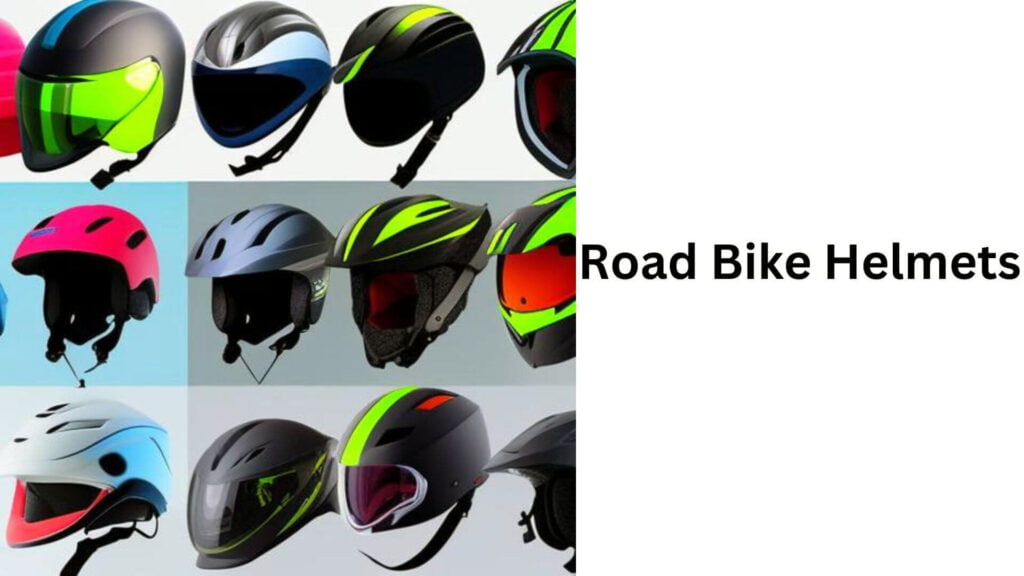
- Road bike helmets: They are designed for speed and efficiency, making them ideal for road cycling, racing, and other high-speed activities. They typically have a streamlined design with minimal ventilation, making them aerodynamic and lightweight.

- Mountain bike helmets: Mountain bike helmets are designed for off-road use, providing extra protection for the back of the head and chin. They often have a more rigid exterior shell and ventilation to keep the rider cool while riding on technical terrain.
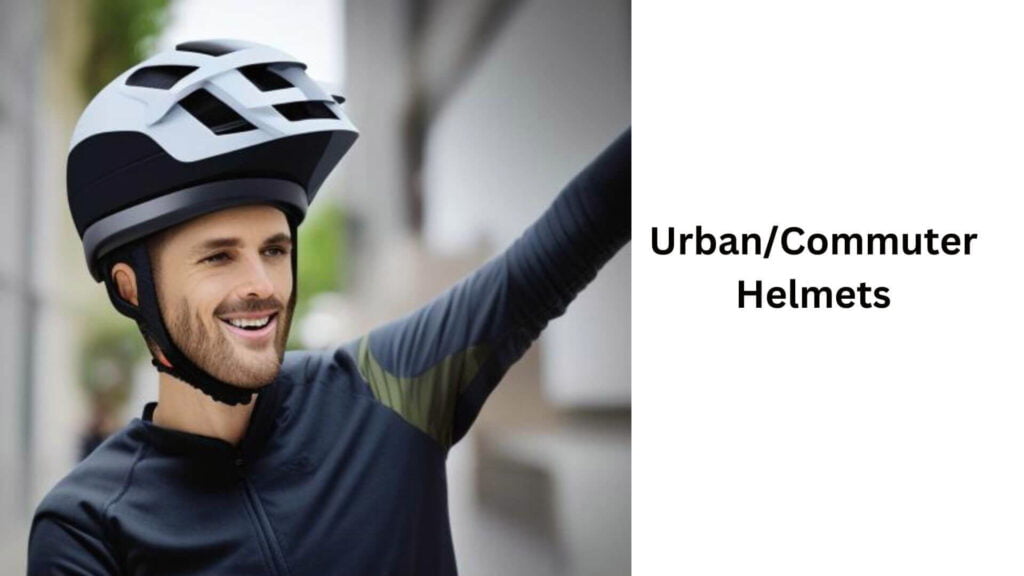
- Urban/Commuter helmets: Urban or commuter helmets are designed for everyday cycling in an urban environment. They are more relaxed and casual and often include reflective materials for increased road visibility.
- Full-Face Helmets: Full-face helmets are designed for more extreme and dangerous forms of cycling, such as downhill mountain biking. They provide complete coverage of the head and face, offering extra protection against impact and debris.

- Kids’ Helmets: Kids’ helmets are specifically designed for younger riders, taking into account children’s unique head and neck anatomy. They are often smaller and lighter and come in fun colors and designs to encourage children to wear them while cycling.
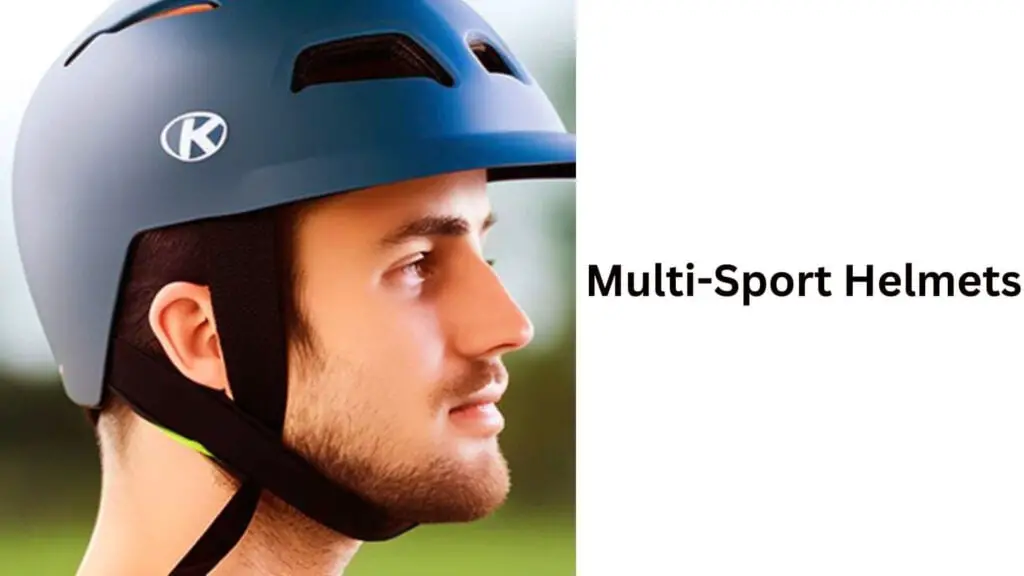
- Multi-Sport Helmets: Multi-sport helmets are designed for various activities, including cycling, skateboarding, and inline skating. They are typically more versatile and provide extra protection for the back of the head.
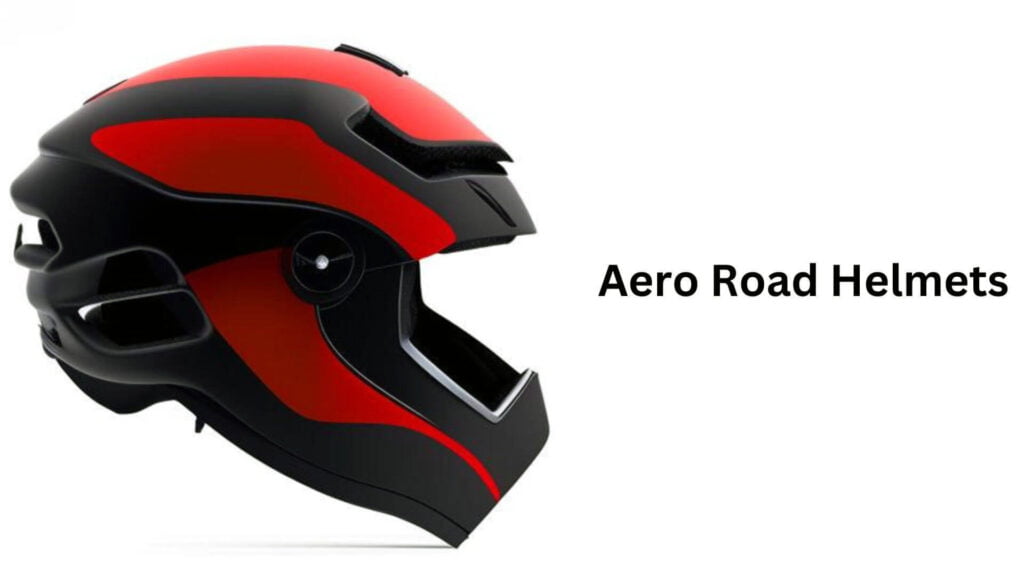
- Aero Road Helmets: Aero road helmets are designed for speed and aerodynamics, making them ideal for time trials, triathlons, and other fast-paced road cycling events. They are typically more aerodynamic and have a sleek design to reduce wind resistance.

- Commuter Bike Helmets with Visors: Commuter bike helmets are designed for urban and casual riders who want added protection from the sun, wind, and rain. They often have a more relaxed style and a built-in visor to provide additional coverage and comfort while cycling.

- BMX Helmets: BMX helmets are designed for BMX racing and freestyle riding. They have a hard exterior shell and offer extra protection for the back of the head, chin, and temples. They are also designed to stay in place during the intense and dynamic movements daily in BMX riding.
Ultimately, the best type of bike helmet for you will depend on your personal needs and the type of cycling you plan to do. Choosing a helmet that fits properly, is comfortable, and provides adequate protection for the type of cycling you plan to do is essential.
Read More: Is it Illegal to Ride a Bike Without a Helmet?
How to Choose a Bike Helmet
1. Proper fit
The most important factor when choosing a bike helmet is ensuring a proper fit. A helmet that fits appropriately will stay securely in place, provide the best protection, and be the most comfortable to wear.
To find the right size, measure the circumference of your head and refer to the manufacturer’s sizing chart. A good fit should allow for comfortable head movement while keeping the helmet securely in place.
2. Ventilation
Ventilation is essential when choosing a bike helmet, especially if you plan to ride in hot weather. Look for a helmet with multiple air vents to help keep your head cool and comfortable during a ride.
3. Safety features
When choosing a bike helmet, it is essential to look for safety features such as its ability to absorb impact, the quality of its retention system, and its compliance with safety standards. Look for a helmet that meets the safety standards of organizations such as the Consumer Product Safety Commission (CPSC) or the Snell Memorial Foundation.
4. Personal preferences
In addition to safety and comfort, personal preferences such as color, design, and style can also play a role in choosing a bike helmet. While these factors may not directly impact the helmet’s safety, they can affect the overall enjoyment of cycling and make it easier to wear the helmet regularly.
In conclusion, when choosing a bike helmet, it is essential to consider factors such as proper fit, ventilation, safety features, and personal preferences. By selecting the fitting helmet, you can ensure you have the best protection while cycling.
Read More: Can You Use a Bike Helmet for Skiing?
FAQs Questions About When Were Bike Helmets Invented?
When was the first bike helmet invented?
The first bike helmet was invented in the late 1970s.
Why should you wear a helmet when riding a bike?
It is essential to wear a bike helmet to reduce the risk of head injuries and fatalities in the event of a crash while cycling.
What are the safety standards for bike helmets?
The safety standards for bike helmets are set by organizations such as the Consumer Product Safety Commission (CPSC) and the Snell Memorial Foundation.
What should I look for when choosing a bike helmet?
When choosing a bike helmet, look for proper fit, ventilation, safety features, and personal preferences such as color and style.
How do I ensure a proper fit for my bike helmet?
To ensure a proper fit for your bike helmet, measure the circumference of your head and refer to the manufacturer’s sizing chart. A good fit should allow for comfortable head movement while keeping the helmet securely in place.
What are the advancements in bike helmet technology?
Advancements in bike helmet technology include the development of multi-sport and aerodynamic helmets and the continued research and development in the field of bike helmet technology to reduce further the number of head injuries and fatalities from cycling accidents.
Is it necessary to always wear a bike helmet while cycling?
Yes, always wearing a bike helmet while cycling is necessary to ensure your safety and protect your head in the event of a crash.
Final Thought
Bike helmets have come a long way since their invention in the late 1970s. Today, they are an essential piece of gear for any cyclist, offering critical protection in the event of an accident.
When choosing a bike helmet, it is essential to consider factors such as proper fit, ventilation, and safety features. With continued advancements in helmet technology, we hope that fewer cyclists will experience head injuries and fatalities in the future.

Hey, I’m Hrithik Hossain. I am the head of helmethacks.com, which specializes in safety helmets. I am looking to connect with anyone interested in purchasing a helmet or who has any questions about different types of helmets. I have over 8 years of experience as a helmet expert, and I can’t wait to help you find the perfect helmet for you. I can help you with any questions regarding helmets, from the best brands to fitting, style, and more! I really enjoy keeping people safe by ensuring they have the best protection possible.

